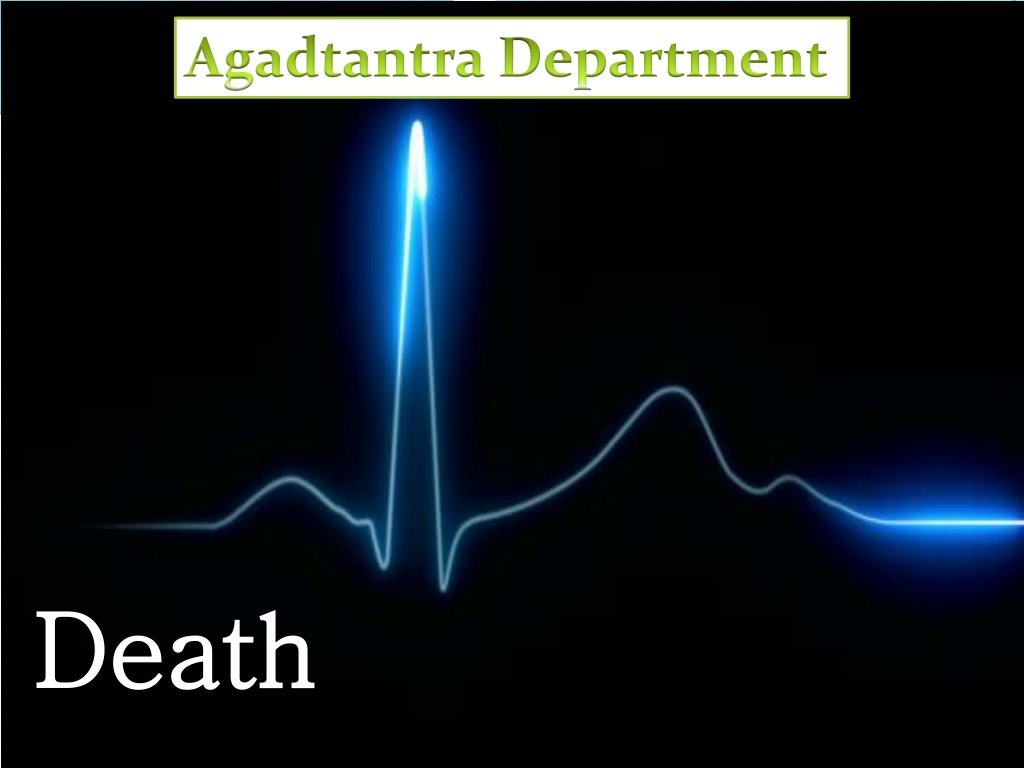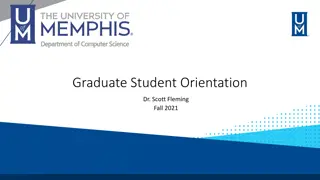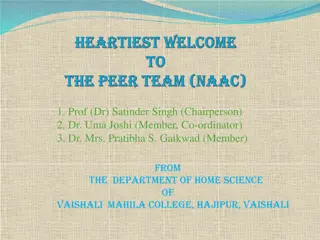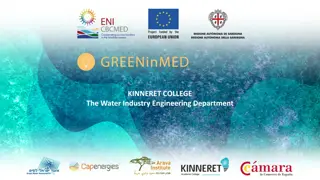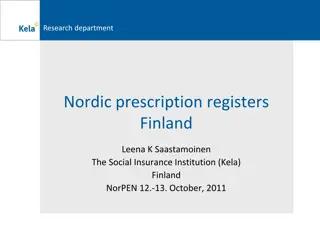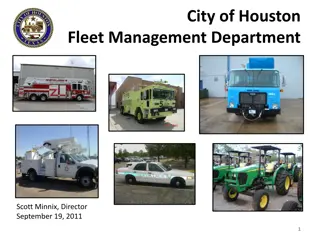Agadtantra Department
Death is defined as the irreversible cessation of life, marked by the stoppage of vital organ functions. The diagnosis of death includes clinical criteria like absence of pulse and respiration. Stages of death encompass somatic and molecular death, each with distinct characteristics. Different modes of death, such as coma, are also discussed, shedding light on the various aspects of this inevitable process.
Download Presentation

Please find below an Image/Link to download the presentation.
The content on the website is provided AS IS for your information and personal use only. It may not be sold, licensed, or shared on other websites without obtaining consent from the author.If you encounter any issues during the download, it is possible that the publisher has removed the file from their server.
You are allowed to download the files provided on this website for personal or commercial use, subject to the condition that they are used lawfully. All files are the property of their respective owners.
The content on the website is provided AS IS for your information and personal use only. It may not be sold, licensed, or shared on other websites without obtaining consent from the author.
E N D
Presentation Transcript
Agadtantra Department Death Death
Content Definition Diagnosis of death Stages of death Modes of death Signs of death Cooling of the dead body Post mortem caloricity Post mortem lividity Changes in muscles after death Decomposition Mummification Saponification
Definition Death is cessation of life or ceasing to exist. Death is defined as the irreversible cessation of life, insensibility to move and permanent and complete stoppage of functions of the vital organs of the body - known as tripod of life i. e., brain, heart & lungs
Diagnosis of death 1 ) Routinely Death is clinically diagnosed by British code / harvard criterion Stoppage of respiration- Absence of pulse- Absence of heart beat- Fixed dilated pupils
2)Brain stem death - can be diagnosed by Person must be in deep coma for at least 6 hrs. Absence of any typical postures due to decortication or decerebration- No epileptic movements Absence of spontaneous respiration Fixed dilated pupils, not responding to light Abolition of all brain - stem reflexes e. g., corneal, gag, vestibulo -cephalic, vestibulo - ocular & bronchial stimulation reflex
Stages of Death Death Somatic Death Molecular Death 1. Somatic death Is the death of tissue/ system/body. Is a clinical death Associated with immediate signs of death i.e. Permanent and complete cessation of function of organs like brain, heart, lungs
2. Molecular death Occur after Somatic death. Is death of all individual cells Associated with early and late signs of death. Early sign Changes in eye and skin. Cooling of body P.M lividity. Late sign Decomposition or Mummification
MODES OF DEATH As per Bichat there are 3 modes of Death
1.COMA Definition Coma is a defined as mode of death, where death results from failure of function of brain . Causes of coma 1) Raised intracranial tension due to cerebral compression 2) Any gross injury to brain 3) Poisons 4) Metabolic disorders 5) Pathological disorder P. M. appearance in coma 1) Causes of coma is found 2) Left chambers of heart are full
2.SYNCOPE Definition Syncope is defined as the mode of death, where death results from failure of function of heart Causes of Syncope 1) Anaemia 2) Asthenia 3) Neurogenic shock 4) Exhaustion P. M. Appearance in Syncope In anaemia, heart is contracted and both sides of heart are empty 2) In asthenia, heart is dilated and both sides of heart are full
3. ASPHYXIA Definition Asphyxia is defined as the mode of death, in which death is due to failure of function of lungs. Causes of Asphyxia 1) Mechanical obstruction to Airways 2) Hypoxia 3) Pulmonary embolism 4) Collapse of lungs 5) Improper chest movements 6) Respiratory poisons 7) Pathological conditions P. M. appearance in Asphyxia 1) External 2) Internal
CLASSIFICATION OF VIOLENT ASPHYXIAL DEATHS 1] Hanging 2] Strangulation 3] Suffocation 4] Drowning /Submersion/Immersion
SIGNS OF DEATH Classified as 1. Immediate signs 2. Early signs 3. Late signs IMMEDIATE SIGNS OF DEATH A. Permanent and complete cessation of function of Brain and flat EEG B. Permanent and complete cessation of function of Heart and flat ECG C. Permanent and complete cessation of function of lungs
EARLY SIGNS OF THE DEATH Changes appearing in death body after 3-24 hours of death . Changes in eyes- Losses its lustre Cornea become dry, hard opaque . Pupil gets dilated . Fall in intraocular tension.
Changes in Skin Becomes greyish white in colour. Loss of translucency Loss of elasticity Lips become hard , dry, brown.
Cooling of dead body Fall in body temperature by more than 10 c. Factors influencing cooling of death body Age General conditions of body Sex Clothes Atmospheric temperature Type of death Surroundings
Rate of fall of temperature In first 2 6 hours rate of cooling is 2 -2.5 degree F / hr Next 6 hours- rate of cooling is 1.5 - 2.0 F/hr later on - rate of cooling is 1 F/hr
POST MORTEM CALORICITY Definition In some situations, for initial 2-3 hours, the dead body may gain heat, however Inter body cools as routine. Reasons for P.M. Caloricity Metabolic processes Bacterial or viral activity Death associated with extreme muscular activity Heat regulating mechanism
Post mortem lividity (LIVOR MORTIS / P.M . Staining ) Defination - As dead body behaves like an inert substance , therefore there is gravitational flow of blood to the dependent parts of body , causing stagnation of blood in the toneless ,dilated capillaries, resulting in bluish purple staining of these parts.
Medico legal importance of P.M. lividity Is a sign of death Helps us know time since death Helps us know position or posture of dead If body is shifted in first 6 hrs, it can be known Sometimes cause of death can be known due to peculiar distribution e.g. in hanging & drowning or due to colour changes.
Rigor Mortis ( Cadaveric rigidity / death stiffening ) Definition - Rigor mortis is defined as contraction ,stiffening ,shortening and opacity of muscles after death .this change occurs after molecular death . Factors influencing Rigor mortis 1) Age 2) Sex 3) Condition of muscles 4) Cause of death 5) Atmospheric temperature Medico legal aspect of Rigor Mortis 1) Is a sign of death 2) Time since death can be known 3) It can be known, if dead body was shifted.
Decomposition (Putrefaction ) It occurs due to Autolysis. Action of enzymes released by bacteria- causes softening and liquefaction of dead body. The enzymes of the body breakdown the dead body by causing proteolysis, glycolysis, lipolysis.
Necessary conditions for Decomposition Warmth. Moisture. Air. The earliest sign of decomposition is greenish discoloration of body, seen first in right iliac fossa.
Medicolegal aspects of Decomposition It is the surest sign of death. Time since death can be known. Advanced decomposition- Obliterates identity. Obliterates cause of death
Mummification It is desiccation or drying of the dead body . It is also a modification of decomposition. It occurs because of the evaporation of body fluids.
Essential requirement Absence of moisture. Excess of air. Warmth.
Characteristics Skin & muscles become thin, dark, leathery and adherent to bones. Body becomes thin , shriveled, dried and dark brown or black. All internal viscera blend with each other. Body emits smell like rotten eggs. Facial features and injuries are well preserved
Embalming (artificial preservation of dead body )- Artificial preservation of the dead body is required for a) Preserving body for Anatomy dissection. b) In case, dead body is to be transported over long distances.
It can be done by 1) Intestinal contents are removed. then injection of 5 lil of 10-20 % formaline in a major blood vessel and also in thoracoabdominal cavities . 2) Injection of mixture of formaline , glycerine, saturated salt solution & eosin. 3) Injection of mixture of arsenic, lead sulphide & potassium carbonate. 4) Freezing & high concentration of lime or arsenic in grave also preserve the dead body
Saponification (Adipocere Formation ) It is the conversion of dead body into soft ,fatty, waxy substance. This process is a modification of decomposition. It is post- mortem hydrolysis and hydrogenation of body fats , so as to convert these fats into fatty acids. These fatty acids later combine with calcium & ammonium ions to form insoluble soaps.
Essential condition for Saponification Absence of air. Excess of moisture. Warmth.
Characteristics Body is converted into soft, yellowish , waxy, fatty, & brittle substance. It floats in water. It can be cut easily. It melts on heating. It burns with faint yellow flame. It dissolves in alcohol & ether. Body emits sweetish disagreeable smell. Facial features & injuries on body are well preserved.
Medicolegal importance It is a sure sign of death. Identity of the dead can be known. Cause of death, in case of death can be known. Time since death can be known. Surroundings of the dead body can be established.
